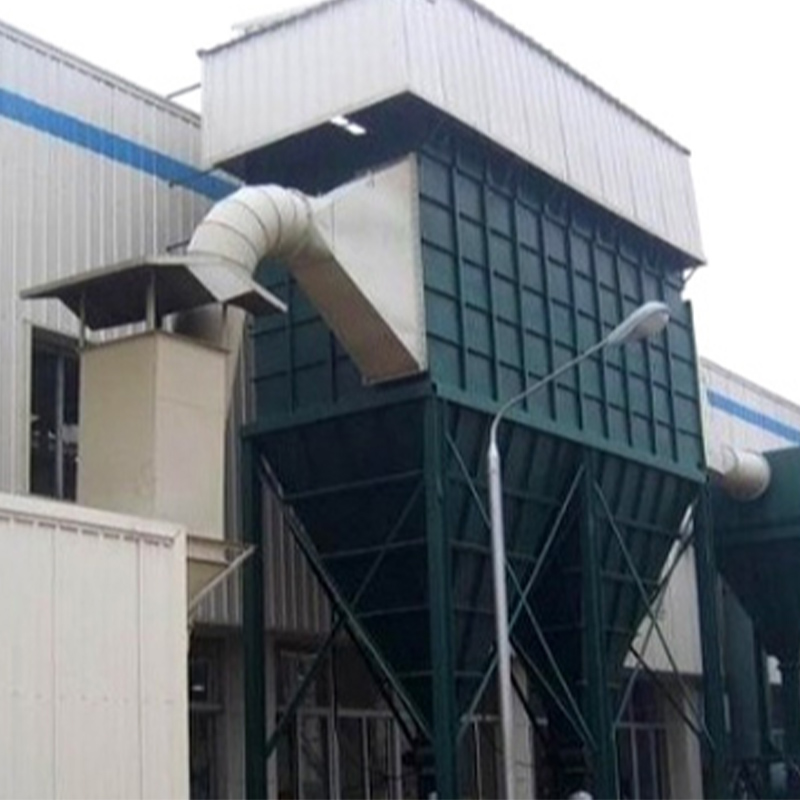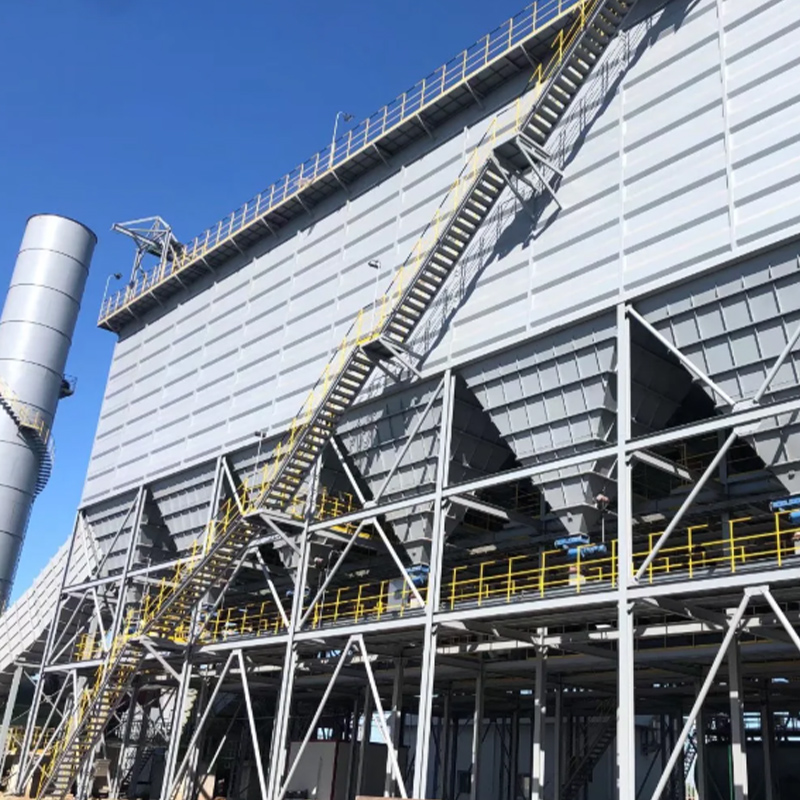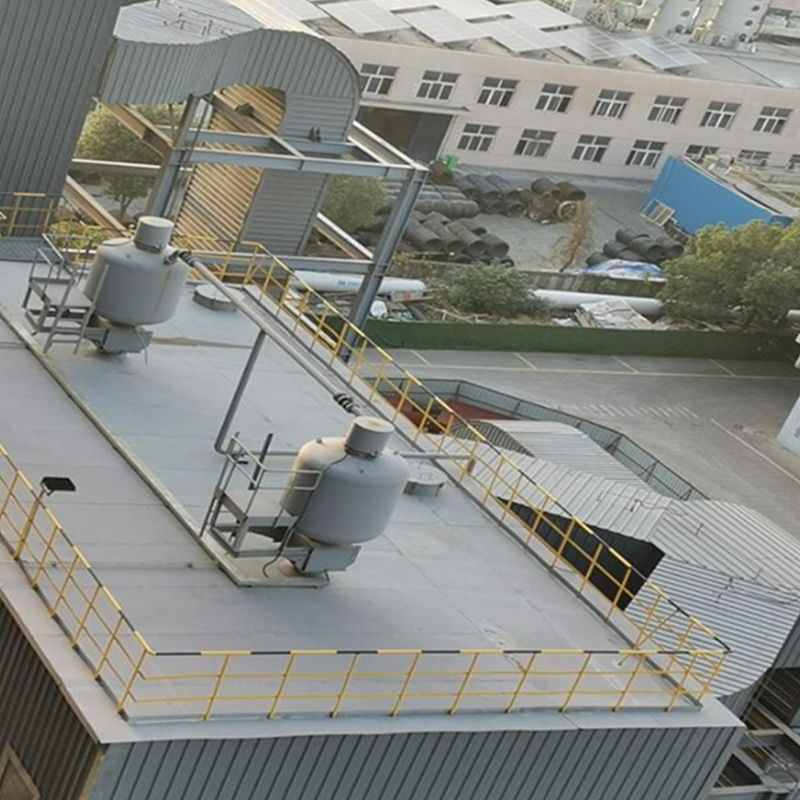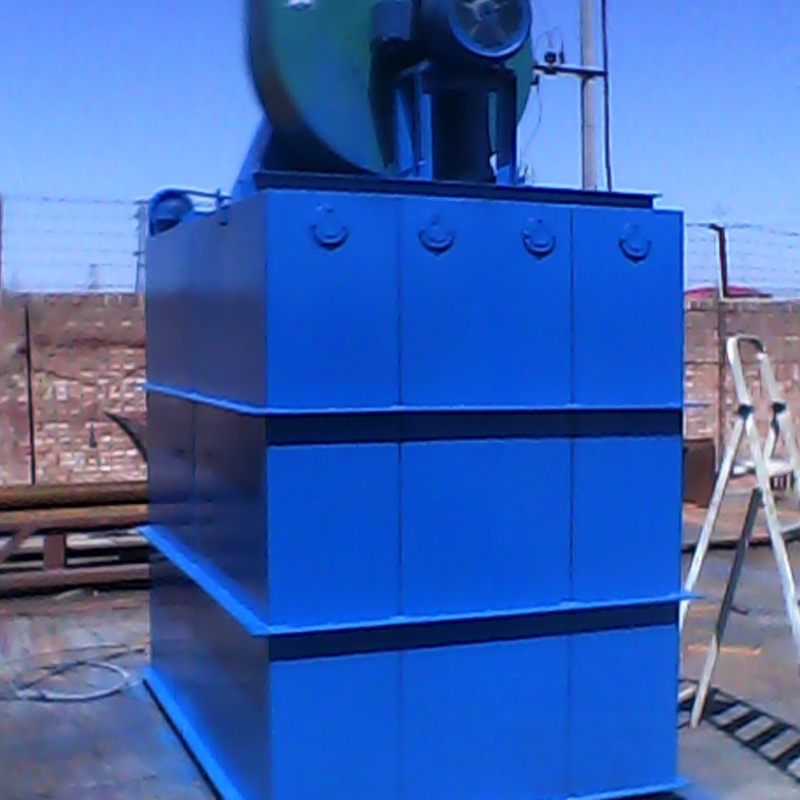Negative Pressure Back-Blowing Bag Dust Collector
CONTACT US-
How Do Modern Dust Control Systems Enhance Safety and Air Quality?
Introduction Industrial dust has long been a critical concern across sectors such as mining, construction, metal processing, and manufacturing. The inhalation of dust particles, particularly fine particulate matter, may lead to respiratory illnesses, reduced workforce efficiency,...
-
A Comprehensive Guide to Maintaining and Optimizing Dust Control Systems
Introduction In industrial operations, maintaining air quality and minimizing particulate matter is critical for ensuring both environmental compliance and worker safety. A dust control system serves as a cornerstone for achieving these objectives. From heavy manufacturing facili...
-
What Is a Dust Control System? Key Functions and Industry Applications Explained
Introduction A dust control system is a critical solution in industrial and commercial environments to manage and mitigate airborne particulate matter. With increasing awareness of occupational health, environmental regulations, and operational efficiency, industries are adopting...
How has the Negative Pressure Back-Blowing Bag Dust Collector become a new favorite in future environmental protection technology?
With the continuous acceleration of industrialization, environmental pollution is becoming increasingly serious, especially dust emissions from industrial production, which have a more pronounced impact on air quality. To address this challenge, the Negative Pressure Back-Blowing Bag Dust Collector has gradually become a key piece of equipment in the industrial dust removal field. As a highly efficient dust removal technology, it not only effectively removes dust from the air but also reduces energy consumption and improves the company's environmental performance. So, why are negative pressure back-blowing bag dust collectors so popular? How will they lead the future development of the environmental protection industry?
The Negative Pressure Back-Blowing Bag Dust Collector is a dust removal device widely used in industrial production. It operates by using negative pressure to back-blow air to remove dust accumulated on the filter bags. The main components of this device include a dust collection box, filter bags, a negative pressure blower, and a back-blowing device. Compared with traditional dust collectors, negative pressure back-blowing bag dust collectors offer higher dust removal efficiency and lower operating costs, making them increasingly popular among companies.
Advantages of Negative Pressure Back-Blowing Bag Dust Collectors
1. Highly Efficient Dust Removal
Negative pressure back-blowing bag dust collectors operate at high air volumes and negative pressures, effectively improving dust removal efficiency. They precisely filter minute dust particles, ensuring that exhaust gases meet environmental standards and minimizing the impact of dust pollution on the environment.
2. Energy Saving and Environmental Protection
The negative pressure design of this equipment significantly reduces energy consumption during the dust removal process, thereby reducing energy consumption in the production process. Furthermore, the back-blowing mechanism effectively removes dust accumulated on the filter bags, reducing the need for frequent bag replacements and further improving economic efficiency.
3. High Degree of Automation
Negative pressure back-blowing bag dust collectors are generally equipped with an automatic control system that monitors operating status in real time and adjusts air volume and back-blowing frequency based on actual conditions. This highly automated design not only improves operational stability but also reduces manual intervention and operational risks.
4. Easy Maintenance
Compared to traditional dust removal equipment, negative pressure back-blowing bag dust collectors are much easier to maintain. Its filter bags can be easily removed and cleaned, resulting in a low equipment failure rate and reduced maintenance costs for businesses.
Application Prospects of Negative Pressure Back-Blowing Bag Dust Collectors
Negative pressure back-blowing bag dust collectors are widely used for dust control in industries such as steel, building materials, chemicals, mining, power generation, and metallurgy. With increasingly stringent environmental regulations, especially in my country's context of promoting green development, market demand for negative pressure back-blowing bag dust collectors is expected to continue to grow.
1. Driven by Environmental Protection Policies
With the implementation of policies such as the "Action Plan for Air Pollution Prevention and Control" and the "Industrial Pollution Source Emission Standards," businesses are facing more stringent environmental protection requirements. Negative pressure back-blowing bag dust collectors, with their high efficiency and low energy consumption, are an ideal choice for meeting these requirements.
2. Popularization of Green Development Concepts
With the global adoption of green development concepts, the application scope of environmental protection equipment will further expand. As a representative example of green environmental protection equipment, negative pressure back-blowing bag dust collectors will occupy an increasingly important position in the global environmental protection market.
Anhui Tiankang Environmental Technology Co., Ltd.: Driving Industry Development
Anhui Tiankang Environmental Technology Co., Ltd. is a high-tech enterprise specializing in environmental protection and pollution control. The company primarily engages in environmental engineering design, environmental facility operation, and pollution control technology research and development. It undertakes general contracting for various types of dust removal systems, flue gas desulfurization and denitrification systems, and VOCs systems. As a leading domestic manufacturer of negative pressure back-blowing bag dust collectors, Anhui Tiankang Environmental Technology Co., Ltd. leverages its superior technical advantages and strong R&D capabilities to continuously promote innovation and application of environmental protection technologies.
Through years of technological accumulation and market experience, Anhui Tiankang Environmental Technology Co., Ltd. has achieved significant success in the field of negative pressure back-blowing bag dust collectors. The company is committed to providing customized dust removal solutions for various industrial enterprises, helping them reduce production costs and improve environmental efficiency.
With increasing environmental awareness and policy support, the application of negative pressure back-blowing bag dust collectors will become increasingly widespread. From improving industrial production efficiency to promoting green development, this technology is undoubtedly a shining star in the future of environmental protection.



 English
English Français
Français عربى
عربى 简体中文
简体中文

















